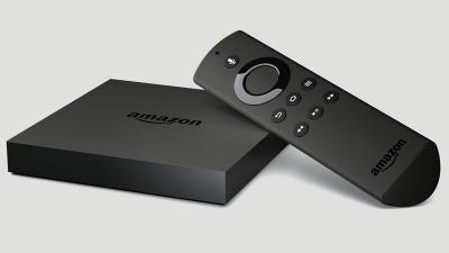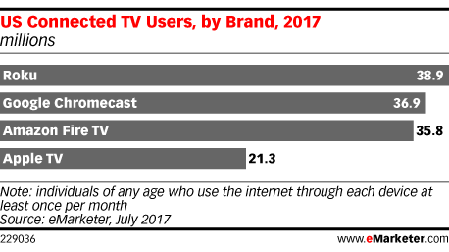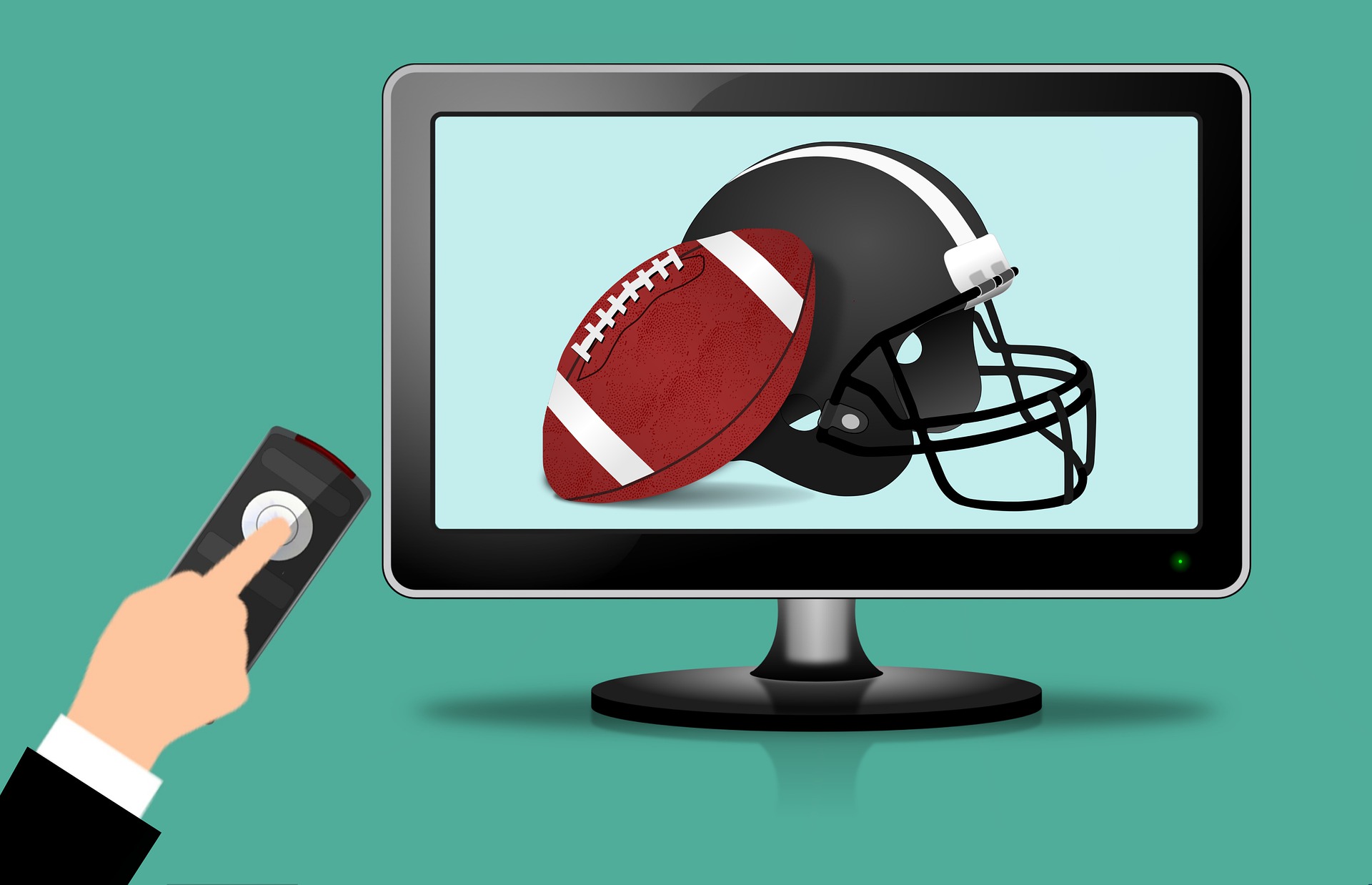Smart TVs Nudging Roku, Chromecast Aside
NEW YORK—The number of people in the U.S. who will use a smart TVis expected to rise 10.1 percent from last year, to 168.1 million, according to findings from the eMarketer research firm.

As a result, the firm expects fewer people to watch content from such secondary connected-TV devices as Rokus and Amazon Fire TV Sticks.
"Essentially, more people are buying smart TVs than previously anticipated, which holds back demand for third-party connectivity devices," said Paul Verna, principal video analyst at eMarketer.
Smart TVs will make up nearly half of all connected TV viewers, growing nearly 31 percent to 81.2 million users in 2017.
Despite smart TV’s dominance, growth in usage of connected-TV devices remains robust, said the firm. It estimated that 38.9 million Americans will use a Roku device at least once a month, up 19.3 percent from last year. As a result, the device will capture nearly a quarter (23.1) percent of all connected-TV users.
Indeed, Roku leads the pack, with an estimated 38.9 million people expected to use one at least once a month. Google Chromecast, Amazon Fire TV and Apple TV follow in succession.
“As the only major market participant not affiliated with a content or TV device platform, Roku has used its neutrality to strike deals with a wide range of partners, including smart TV makers, over-the-top (OTT) service providers and social media companies,” said Verna. “That expansive strategy, combined with the company’s broad selection of connectivity devices at various price points, has put Roku at the head of the pack.”
The professional video industry's #1 source for news, trends and product and tech information. Sign up below.

The firm expects Apple TV to continue to fall further behind its rivals.
“Apple TV has been held back by the absence of a compelling content offering, a lack of support for increasingly popular Amazon video content and a much higher price bracket than its competitors,” Verna said. “Apple TV devices currently start at $150, whereas Google, Amazon and Roku all sell streaming sticks that are priced well below $40.”
eMarketer cautioned that overlap is to be expected, as some consumers own more than one device.
This story was originally posted on TVT's sister publication TWICE.
